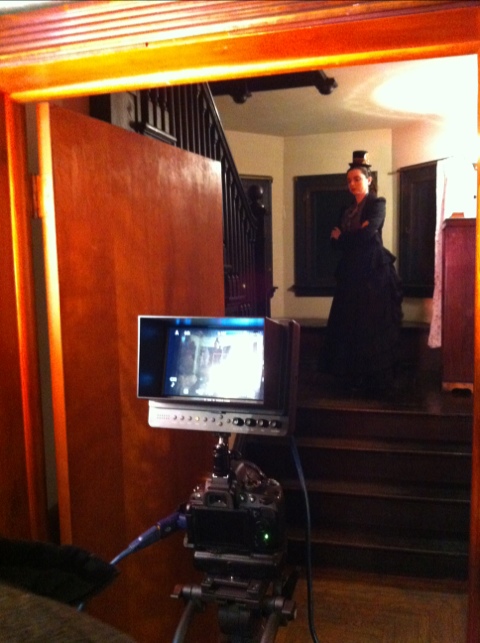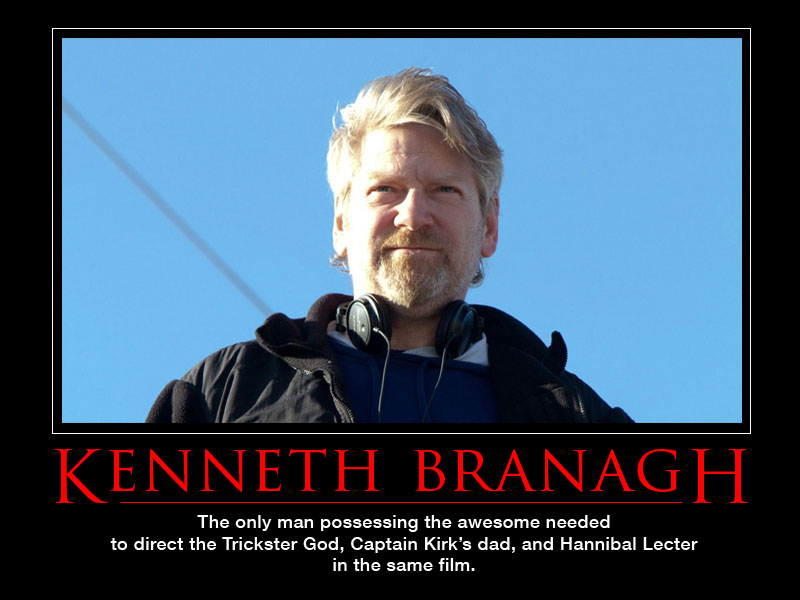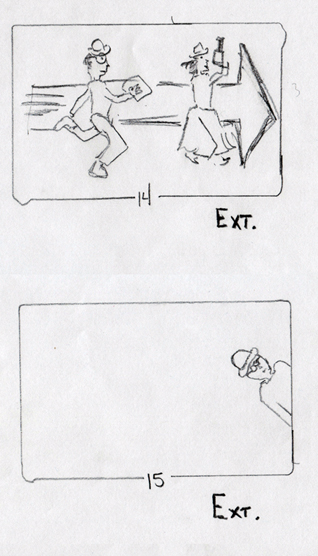With The Avengers topping the box office for the month of May, it’s easy to forget the long road paved for Joss Whedon. As I mentioned in a previous blog, this title was a real gamble for Marvel Studios as there has never been a film hyped for four years, using other films to — more or less — ride shotgun for each other, one film feeding into another to build up to this superhero epic. So with S.H.I.E.L.D. bringing it hard to the movies, it can be easy to overlook some of the previous milestones we’ve enjoyed.
If there is one guy I don’t want forgotten in this journey (apart from Stan Lee, Jack Kirby, and the amazing storytellers that made all this awesome possible), it’s this guy…
Kenneth Branagh has been my hero for decades in many respects. He made Shakespeare cool. He was in his twenties an accomplished stage actor, but with films like Henry V, Hamlet, and Dead Again, he established himself as an accomplished screen actor as well. While British media found the project beneath him, Branagh made his own gamble, stepped up, and directed one of The Avengers’ cornerstone pieces — Thor. This film consequentially gave those critical haters back in Old Blighty 449.3 million reasons to suck it.
I’ll go on and say it: I have an extremely unhealthy (borderline obsessive) man crush on Kenneth Branagh. (Author Chuck Wendig coming in at a close second.) And right now, I’m getting a glimpse at what it’s like to be him.
As creepy-scary-stalker-boy as this sounds, track with me…
My 2012 began on a really rough step with a lay off from my day job. This meant that plans I had for the year, in particular a book trailer for The Janus Affair, took a backseat to priorities like paying the bills on a severance package and finding a new day job. Imagine my surprise when my good friend Linc (who had shot the Phoenix Rising trailer) turns to me and — immediately after I had grumbled about the frustrations of a job hunt — asks, “So when are we shooting the book trailer?â€
And imagine how heightened my level of surprise was when Pip turns to me and says “Yeah, when are we going to shoot our book trailer?â€
 A mad flurry of phone calls, tweets, and text messages in the midst of a job hunt later, I secured resources, dates, and times. Now came the second part of pre-production: scene adaptation and storyboarding.
A mad flurry of phone calls, tweets, and text messages in the midst of a job hunt later, I secured resources, dates, and times. Now came the second part of pre-production: scene adaptation and storyboarding.
Wait. What?
Adapting scenes for screen?
Storyboarding?!
This is just a book trailer, right? I could do this on iMovie if I really wanted to, right?
You could…but you shouldn’t.
Authors, agents, and publishers tend to regard book trailers with a sense of skepticism, but that skepticism is unfounded, namely because it comes from other book trailers that — and let’s not sugar coat it — blow dead bear. Seriously. Many book trailers are just painfully awful. There’s even an award out on the Interwebs for the best of bad book trailers.
This particular trailer, though, has been as the first one was — a real education. And I’ve heard Branagh talk about that first day on the set of Henry V, how terrified he was, and how he had to figure out filmmaking as he went. I’m currently doing so, and I thought I’d share with you a few tips on shooting a definitive, marketable book trailer.
Know what you’re shooting. A book trailer, I have seen more often than not, tends to forget the essential part of pitching a book to an audience. Namely, the trailer part, as in it should be shot like a movie trailer.  This means, if you want to make a good book trailer, it needs to be something people will want to watch not read. You’re working in a visual medium now so make certain you take full advantage of that.
Otherwise you wind up with a book trailer like this one…
You don’t have to understand the process, but take time to understand the process. Authors and publishers believe book trailers are done in an afternoon on iMovie, using either stock photography or their book cover art cropped and shot using various Ken Burns-style motion and transitions.
Yes, book trailers are made like that, and the end result is a glorified Powerpoint/Keynote presentation.
In film, there is a process called pre-production. This is where you sit down and decide exactly want you want in your film. (“But this is a book trailer not a film,†you say? More on that later.) At the very least, your book trailer should have a storyboard.
This is an example of one from The Matrix…
This is mine from Phoenix Rising…
You do not have to be a great artist (thank you, God!), nor is your director going to mock you for your inability to draw (provided they are professional in even the slightest). The storyboard is your book trailer’s outline. You can always stray outside the outline, but you still need the outline to have an idea where you are going.
Some other things you will need to concern yourself with in pre-production, in order of importance:
- Scene adaptations
- Shot list
- Scouting locations
- Crew
- Talent
- Shooting Schedule
These items may vary depending on your book trailer’s demands.
There’s more I’ve got to share but you’ll have to wait a bit as I’m getting ready for Balticon where I’m staging alongside Pip Ballantine a special preview of The Janus Affair book trailer. Don’t worry — we still have two more parts to this series, and if you are planning your own book trailer, you’re going to want to keep watching this site next week.
More tips — and the final trailer — to come…


